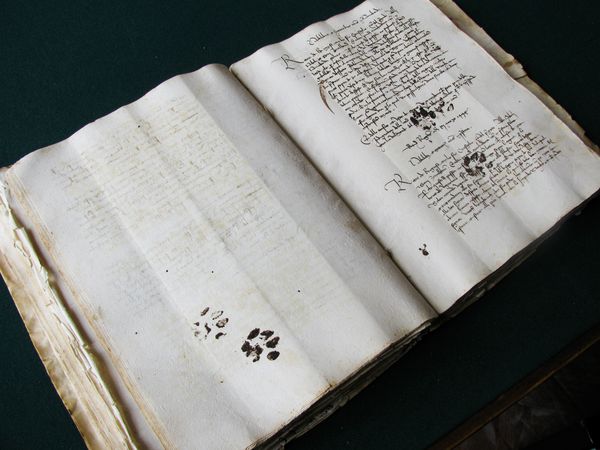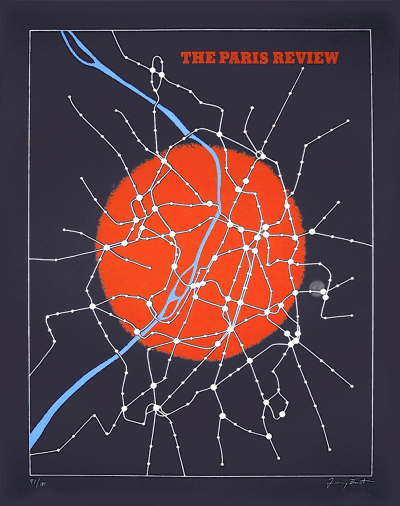Jupiter briefly stole the limelight in February when new research revealed the planet had so many more moons than once thought,The Irresistible Daughter in Law it was the new solar system leader.
But Saturn is back, baby.
A group of astronomers has announced the discovery of 62 more moons orbiting the sixth planet from the sun, bringing its total natural satellites up to 145. When confirmed by the International Astronomical Union's Minor Planet Center, the new tally should make Saturn the first planet in space known to have over 100 moons.
This Tweet is currently unavailable. It might be loading or has been removed.
Edward Ashton, who started the study at the University of British Columbia, used a detection technique that involves stacking photos to capture more details in a single frame. The process helps uncover fainter and smaller cosmic objects. Astronomers have used this method to hunt for moons around Neptune and Uranus, but not for Saturn until now, according to the university. Researchers from other institutions collaborated on the project.
"Tracking these moons makes me recall playing the kid's game Dot-to-Dot,” said Ashton, now a researcher at Taiwan's Academia Sinica Institute of Astronomy and Astrophysics, in a statement. “But with about 100 different games on the same page and you don't know which dot belongs to which puzzle."
The Minor Planet Center, which catalogs moon designations, has published 42 of the new Saturnian moons over the past week or more. It's working to process and confirm the others over the coming week, said Matthew Payne, the center's director, in an email to Mashable on Friday, May 12.
 Cassini captured five of Saturn's moons in 2011. A new study puts the latest moon count at 145. Credit: NASA / JPL-Caltech / Space Science Institute
Cassini captured five of Saturn's moons in 2011. A new study puts the latest moon count at 145. Credit: NASA / JPL-Caltech / Space Science Institute Assuming all candidates from the study receive their designations, that would mean Saturn's moons way outnumber those of other planets in the solar system.
Saturn: 145.
Jupiter: 95. (Apparently, its own tally has ticked up three more moons since the February announcement that it had become the new record holder, according to a NASA list.)
"Tracking these moons makes me recall playing the kid's game Dot-to-Dot. But with about 100 different games on the same page and you don't know which dot belongs to which puzzle."
 NASA's Cassini spacecraft examines a large crater on one of Saturn's moons, Mimas. Credit: NASA / JPL / Space Science Institute
NASA's Cassini spacecraft examines a large crater on one of Saturn's moons, Mimas. Credit: NASA / JPL / Space Science Institute Want more scienceand tech news delivered straight to your inbox? Sign up for Mashable's Top Stories newslettertoday.
When the Saturn research group took sequential images of a moon as it moved through space, they were able to collect more data to strengthen the moon's signal. That allowed the team, which used the Canada-France-Hawaii Telescope in Hawaii for their observations, to find moons as small as about 1.5 miles wide.
The search began in 2019 when Ashton and collaborator Matthew Beaudoin were students. The objects were tracked for two more years to ensure they weren't just asteroids zipping close to the planet. They and their team also used previous detections that weren't tracked long enough at the time to establish moon orbits.
 NASA's Cassini spacecraft examines Prometheus, a potato-shaped moon orbiting Saturn. Credit: NASA / JPL-Caltech / Space Science Institute
NASA's Cassini spacecraft examines Prometheus, a potato-shaped moon orbiting Saturn. Credit: NASA / JPL-Caltech / Space Science Institute The researchers say many of the new moons are likely remnants of collisions that shattered a bigger moon or moons into pieces. All of the newly found ones are considered "irregular," the researchers said, meaning they have large, tipped, oval-shaped orbits. These moons also tend to cluster based on their tilted orbits.
"As one pushes to the limit of modern telescopes," said Gladman, a UBC astronomy professor and study collaborator, in a statement, "we are finding increasing evidence that a moderate-sized moon orbiting backwards around Saturn was blown apart something like 100 million years ago."
(Editor: {typename type="name"/})
 Hurricane Laura's impact lingered with nightmarish mosquito swarms
Hurricane Laura's impact lingered with nightmarish mosquito swarms
 New Emotion: On Kirill Medvedev by Lucy McKeon
New Emotion: On Kirill Medvedev by Lucy McKeon
 Paris Review Nominated for Two National Magazine Awards by Lorin Stein
Paris Review Nominated for Two National Magazine Awards by Lorin Stein
 No, the missing Titanic sub did not rely on Starlink for communication
No, the missing Titanic sub did not rely on Starlink for communication
 Amazon Fire TV Stick 4K deal: Get 40% off
Amazon Fire TV Stick 4K deal: Get 40% off
NYT Connections hints and answers for May 10: Tips to solve 'Connections' #699.
 Connectionsis the one of the most popular New York Times word games that's captured the public's att
...[Details]
Connectionsis the one of the most popular New York Times word games that's captured the public's att
...[Details]
The 20 best TV shows streaming on Max
 It's official. HBO Max is Max. Despite having gone through a tumultuous time, this streamer still ha
...[Details]
It's official. HBO Max is Max. Despite having gone through a tumultuous time, this streamer still ha
...[Details]
Kraven the Hunter is the horny antihero of our dirty dreams
 “Fuck yes, it’s going to be rated R,” was how actor Aaron Taylor-Johnson introduce
...[Details]
“Fuck yes, it’s going to be rated R,” was how actor Aaron Taylor-Johnson introduce
...[Details]
On the Occasion of the Removal of My Girlfriend’s Dog’s Balls by Simon Akam
 On the Occasion of the Removal of My Girlfriend’s Dog’s BallsBy Simon AkamApril 1, 2013First PersonN
...[Details]
On the Occasion of the Removal of My Girlfriend’s Dog’s BallsBy Simon AkamApril 1, 2013First PersonN
...[Details]
Character AI reveals AvatarFX, a new AI video generator
 Imagine an AI video chatbot you can interact with in real-time. Or if you could generate a custom "s
...[Details]
Imagine an AI video chatbot you can interact with in real-time. Or if you could generate a custom "s
...[Details]
Everything They Cook Takes Five Hours: An Interview with Director Alexa Karolinski by Tim Small
 Everything They Cook Takes Five Hours: An Interview with Director Alexa KarolinskiBy Tim SmallMarch
...[Details]
Everything They Cook Takes Five Hours: An Interview with Director Alexa KarolinskiBy Tim SmallMarch
...[Details]
Medieval Pawprints, and Other News by Sadie Stein
 Medieval Pawprints, and Other NewsBy Sadie SteinMarch 28, 2013On the ShelfPresumably fifteenth-centu
...[Details]
Medieval Pawprints, and Other NewsBy Sadie SteinMarch 28, 2013On the ShelfPresumably fifteenth-centu
...[Details]
People cheer as trucks carrying COVID vaccines depart Pfizer facility
 Coming to a distribution center near you: vaccines.That's right, coronavirus vaccines are officially
...[Details]
Coming to a distribution center near you: vaccines.That's right, coronavirus vaccines are officially
...[Details]
Best Sony deal: Save $100 on WH
 SAVE $100:As of April 22, the Sony WH-1000XM4 headphones are on sale for $248 at Amazon. That's 29%
...[Details]
SAVE $100:As of April 22, the Sony WH-1000XM4 headphones are on sale for $248 at Amazon. That's 29%
...[Details]
Jimmy Ernst, Untitled, 1976 by The Paris Review
 Jimmy Ernst, Untitled, 1976By The Paris ReviewApril 15, 2013The Print SeriesSince 1964 The Paris Rev
...[Details]
Jimmy Ernst, Untitled, 1976By The Paris ReviewApril 15, 2013The Print SeriesSince 1964 The Paris Rev
...[Details]
WhatsApp launches 'Advanced Chat Privacy' to protect sensitive conversations

Moist, and Other News by Sadie Stein

接受PR>=1、BR>=1,流量相当,内容相关类链接。